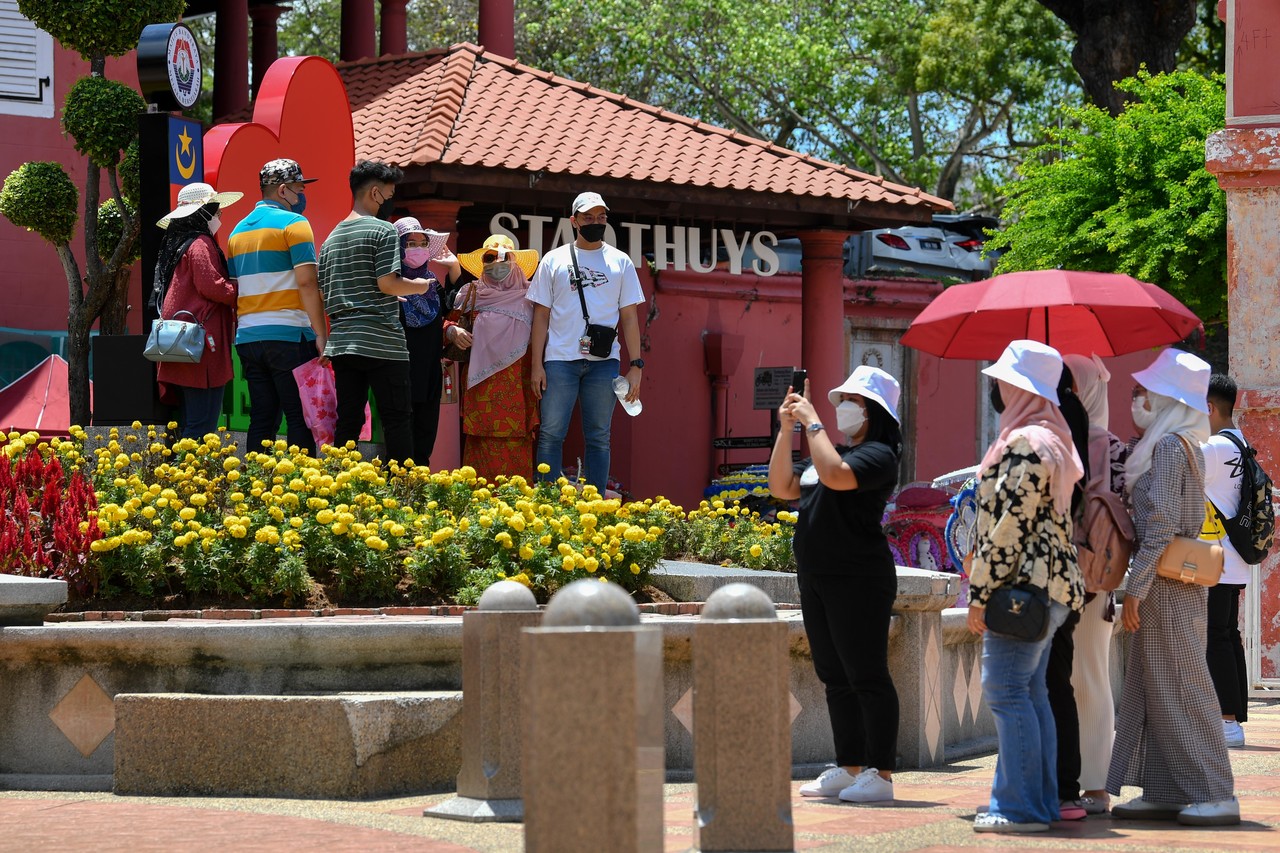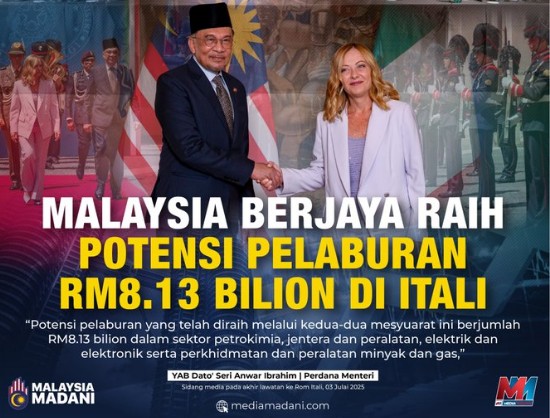TOURISM, Arts and Culture Minister Datuk Seri Nancy Shukri recently expressed hope that the home ministry will consider granting multiple-entry visas.
This ought to be a no-brainer. Surely, there is no need to compel tourists to keep reapplying for visas after they entered and left our country before the expiry of their visas.
Granting them multiple-entry visas would induce many to return to invest or spend more money in Malaysia.
But why are visas imposed on citizens from 10 countries and not the rest? As it is, holders of passports issued by 63 sovereign states are granted visa-free entry to Malaysia for 90 days, nationals from another 95 countries for 30 days, and citizens from two nations for 14 days.
Excluding ASEAN nations, more than half of all foreign tourist arrivals to Malaysia in 2019 were contributed by just four Asian countries combined. But they are not among the 160 countries that were granted visa-free entries ranging from 14 to 90 days.
These four countries are China, India, Bangladesh and Pakistan, and their arrival numbers in 2019 were 3,114,257, 735,309, 179,000 and 105,757 respectively, totalling 4,134,323. Excluding ASEAN nations, the rest of the world contributed 4,086,310 arrivals in the same year.
Tourists from these four countries could have easily doubled or tripled in numbers, had their nationals been granted visa-free entry for 14 or 30 days’ stay in our country. If so, foreign tourist arrivals to Malaysia would have been around 30.2 mil or 34.4 mil in 2019, instead of just 26.1 mil.
Clearly, our loss was our neighbour’s gain. In 2014, Malaysia received 27.44 mil foreign tourist arrivals, and 26.10 mil in 2019. Meanwhile in 2014, Thailand attracted 24.81 mil foreign tourists, but the number skyrocketed to 39.92 mil in 2019.
While most tourists went on holidays, many that came to Malaysia did so for business, work, study, medical treatment or to visit friends and relatives (VFR). From January to June 2019, over 25% of foreign tourists cited VFR as the main purpose for visiting Malaysia.
Before the pandemic, about 200,000 foreign tourist arrivals annually were on visa runs by those granted visa-free entries for 30 or 90 days’ stay in Malaysia or another ASEAN country. Before expiry, they would leave the country and return shortly to start afresh with new visa-free entries.
“Puzzling decision”
Hence, it was puzzling to deny China nationals visa-free entry for 14 days and only allow them to apply for e-Visa. Such applications may have generated revenue for the Government, but those who found it a hassle ended up travelling to more tourist-friendly countries.
In 2019, 155 million outbound China tourists spent US$254.6 bil (RM1,133,100,000,000 based on the current exchange rate) globally. In other words, outbound China tourists were among the biggest spenders overseas, averaging RM7,310 per person in countries they visited.
In Malaysia, China tourists spent an average of RM4,921 per person and the 3,114,257 that came in 2019 spent RM15,325,300,000 in our country, averaging RM42 mil per day.
Had we granted China tourists visa-free entry for 14 days stay, our country could have earned an extra RM15.3 bil; and if it was visa-free entry for 30 days, an additional RM30.6 bil.
All these lost billions may not matter as much in the pre-pandemic era as compared to now when the world is in dire straits. For international tourism and the global economy to return to 2019 levels, we may have to wait until 2029 or longer.
If our authorities continue dragging their feet, we will surely be left behind while other countries race ahead. We can only compete effectively by opening our doors as wide as the competitors are doing, but they will remain half-closed if there is no change in our visa policy.
In the past, it may be true that some Chinese nationals could make a better living in Malaysia than in China. In 2000, the gross domestic product (GDP) per capita for China was only US$959 compared to US$4,044 for Malaysia. By 2021, Malaysia’s GDP had risen to US$11,371 but China’s had shot up to US$12,556.
After the outbreak of COVID-19 and followed by various restrictions, most have returned to China where opportunities there are much more plentiful than here.
Allowing China nationals to enter our country visa-free for 14 days is no threat to our security, welfare or livelihood.
The same should also be allowed for nationals from India, as the country had resumed international flights on March 27 after a two-year ban, while China is still restricting its citizens from travelling abroad for “non-essential reasons”.
While we continue to rely on ASEAN nations that have contributed 68.5% of all foreign tourist arrivals in 2019, the biggest potential for growth comes from China and India. The population of these two countries combined is 2.8 bil, compared to 675 mil in 10 ASEAN nations.
Finally, foreign investments usually rise and fall in tandem with how tourist-friendly a country is, starting with its visa policy. No amount of claims or advertisements can change this fact.
But if the home ministry refused to budge under the new normal, promotional efforts by the ministries of international trade and industry, and tourism, arts and culture, may come to naught. – Aug 2, 2022
YS Chan is a master trainer for Mesra Malaysia and Travel and Tours Enhancement Course, and an Asean Tourism master trainer. He is also a tourism and transport business consultant.
The views expressed are solely of the author and do not necessarily reflect those of Focus Malaysia.









